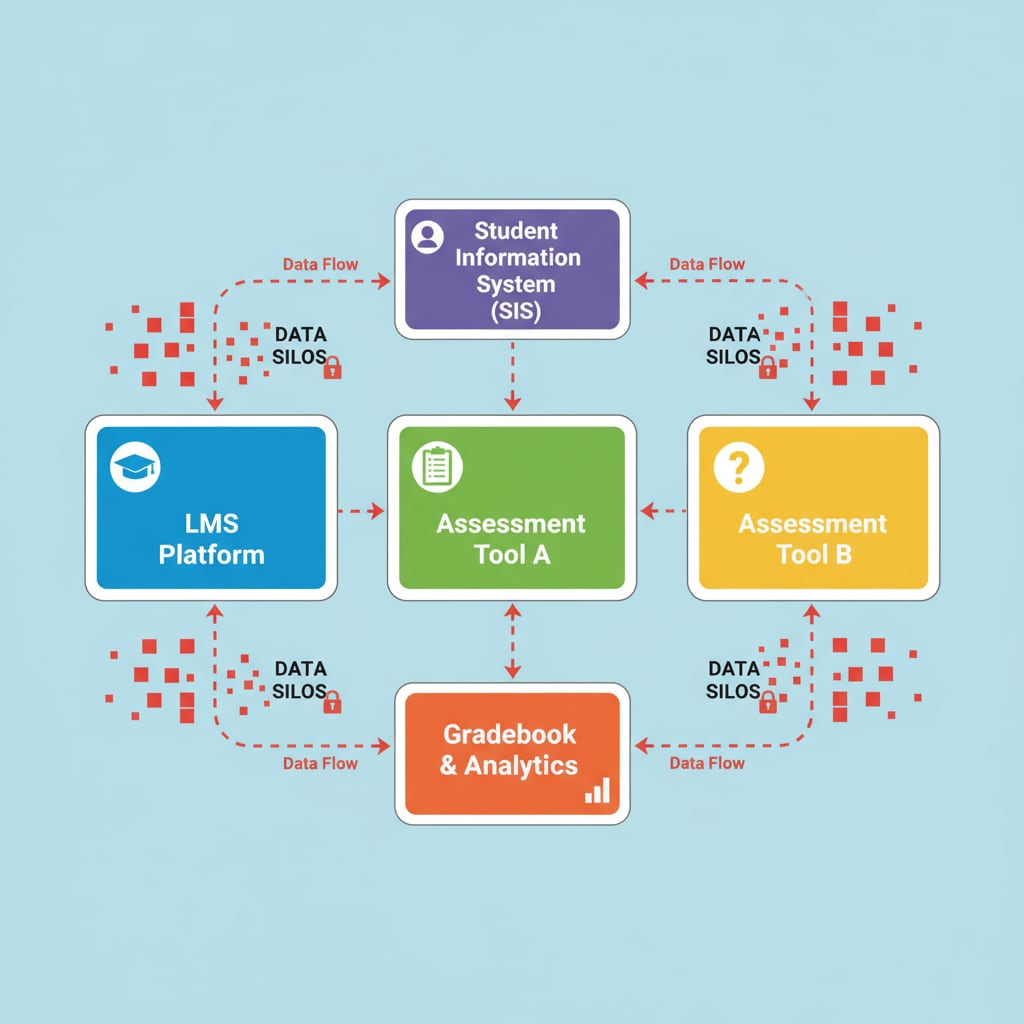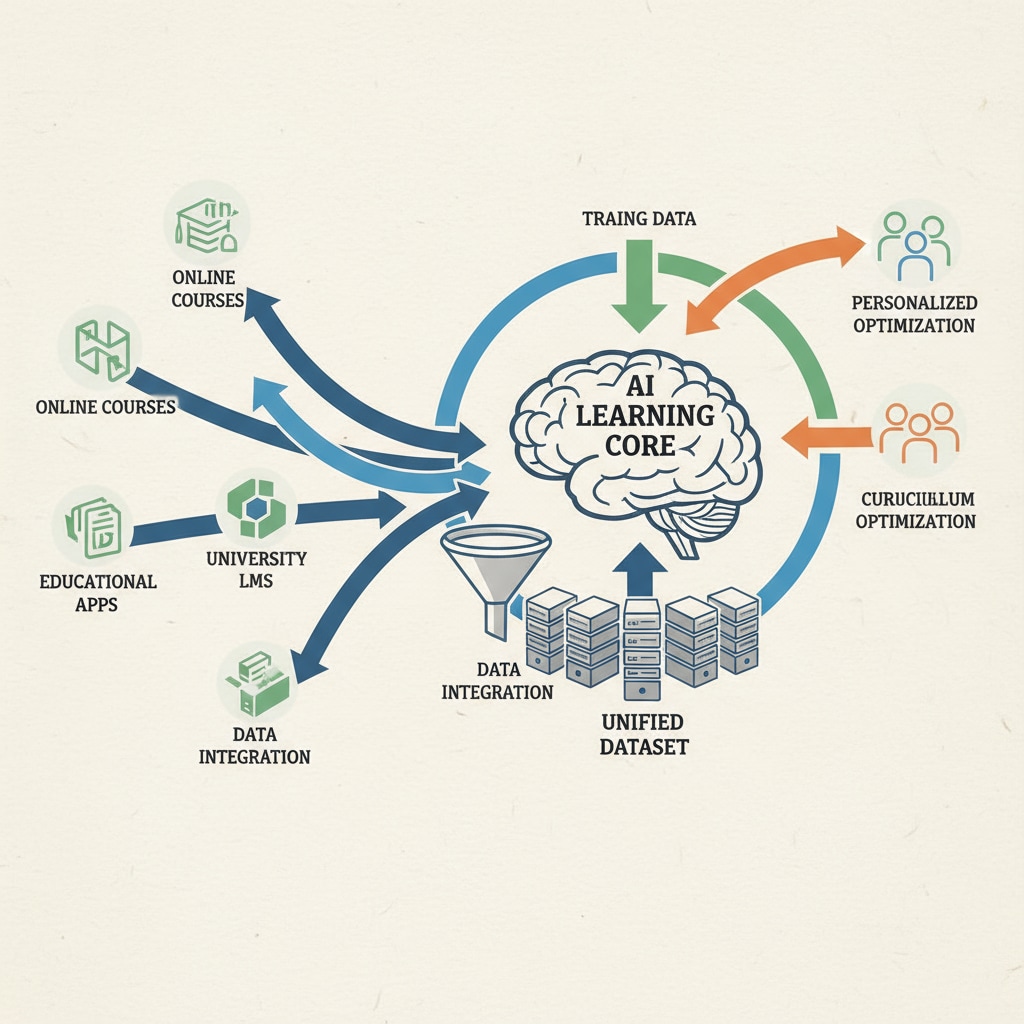In the realm of K12 education today, the concepts of an AI learning center, student data integration, and teaching insights are becoming increasingly crucial. Teachers often find themselves grappling with data that is fragmented across multiple platforms, which significantly hampers their teaching effectiveness. However, a unified AI learning center holds the key to seamlessly integrating diverse student data sources and providing valuable real – time teaching insights.
The Challenge of Fragmented Data in K12 Education
K12 educators are currently facing a major hurdle in the form of data silos. Different educational platforms, such as learning management systems, assessment tools, and online tutoring services, each collect and store student data independently. For example, a learning management system might track students’ assignment submissions and participation in discussion forums, while an assessment tool focuses on test scores. This lack of integration means that teachers have to juggle multiple datasets, making it difficult to get a comprehensive view of each student’s learning progress. As a result, they may miss important patterns and trends that could inform their teaching strategies.

The Power of an AI Learning Center in Data Integration
An AI learning center can act as a centralized hub for student data integration. By leveraging advanced artificial intelligence algorithms, it can gather data from various sources, normalize it, and analyze it in a unified manner. For instance, it can combine a student’s performance data from different subjects, their learning behavior patterns, and even their engagement levels in extracurricular activities. This holistic view of the student is invaluable. According to ISTE’s position on AI in education, integrated data can enable educators to better understand students’ strengths and weaknesses, and thus tailor their teaching approaches accordingly.

Moreover, the AI learning center can continuously update and refine its analysis as new data becomes available. This real – time aspect ensures that teachers have the most current information at their fingertips, allowing them to make timely decisions about instruction. For example, if a student suddenly shows a decline in performance in a particular subject, the AI learning center can quickly identify this trend and provide suggestions on how to address it, such as recommending additional resources or personalized tutoring.
Readability guidance: In this section, we have used short paragraphs to present the challenges and solutions clearly. The lists of examples help to illustrate the points. The transition words ‘however’, ‘for example’, ‘as a result’ and’moreover’ are used to connect ideas smoothly. The passive语态 is used minimally, and the sentence lengths are kept within the desired range.


